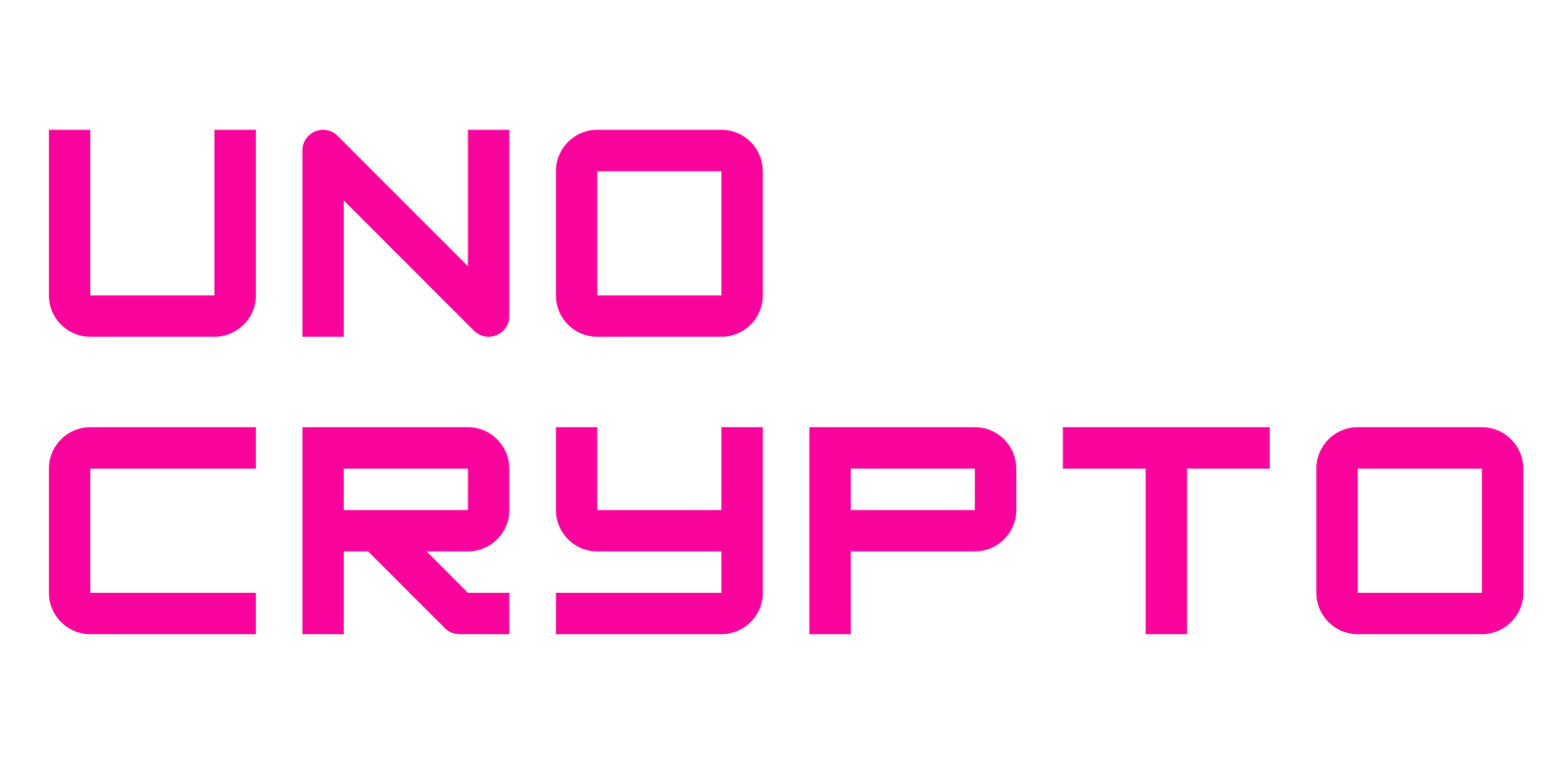The Hyperliquid Foundation has revealed a new verification model centered on decentralization and community involvement, marking a dramatic change in the organization of its network.
This upgrade departs from a more centralized model by increasing the number of unlicensed nodes in the Hyperliquid verification node set to 21. This allows anyone to register a node, allowing for greater involvement in network governance.
How Will The New Update Work?
Users must stake 10,000 HYPE tokens, which will be locked for a year, in order to become an active validator. The top 21 stakers from the registrant pool will make up the active verification node set.
This staking requirement guarantees that the validation process involves only dedicated members who have a stake in the network’s success.
This version, which is anticipated to be released in the next few days, underscores Hyperliquid’s drive for decentralization and gives its community a more hands-on involvement in protocol security and upkeep.
The goal of the change is to improve the Hyperliquid network’s robustness, transparency, and community trust while also giving token holders new opportunities.
By permitting open involvement, Hyperliquid is joining the group of blockchain initiatives that want to provide their user base actual authority over protocol choices and lessen centralized control.
What Are the Requirements for Becoming a Hyperliquid Validator?
A minimum of 10,000 HYPE tokens must be held and self-delegated in a single address, which will be locked for a year, in order to apply to be a Hyperliquid validator.
After being approved, one must have to use static IPs (like AWS elastic IPs) to run at least two non-validator nodes with 95% uptime.
These IP addresses will serve as seed nodes for network connectivity and will be accessible to the public. Non-validator ports should be kept locked until further notice, and validator ports should never be accessible to the general public.
Applicants must not live in restricted jurisdictions like the United States, Iran, or North Korea, comply with all applicable regulations, and complete KYC/KYB verification. These requirements are subject to change at any moment by the Foundation.
What is The Goal of the New Hyperliquid Foundation Delegation Program
The goal of the Hyperliquid Foundation Delegation Program is to fortify the network by carefully assigning tokens to reliable and productive validators.
By doing this, the Foundation hopes to improve network security in general and guarantee steady performance. In order to foster a more resilient and decentralized infrastructure, one of the program’s main objectives is to increase diversity within the validator set.
Additionally, validators who actively assist the Hyperliquid ecosystem’s long-term stability and growth are supported by the program.
The Foundation reaffirms its dedication to creating a strong and diverse network with this endeavor, making sure that token delegation is in line with dependability, performance, and a common goal of ecosystem expansion.
Also Read: HyperCore & HyperEVM Integration Goes Live, Enabling Seamless DeFi Trading On Hyperliquid


